3D Printing Design Guide
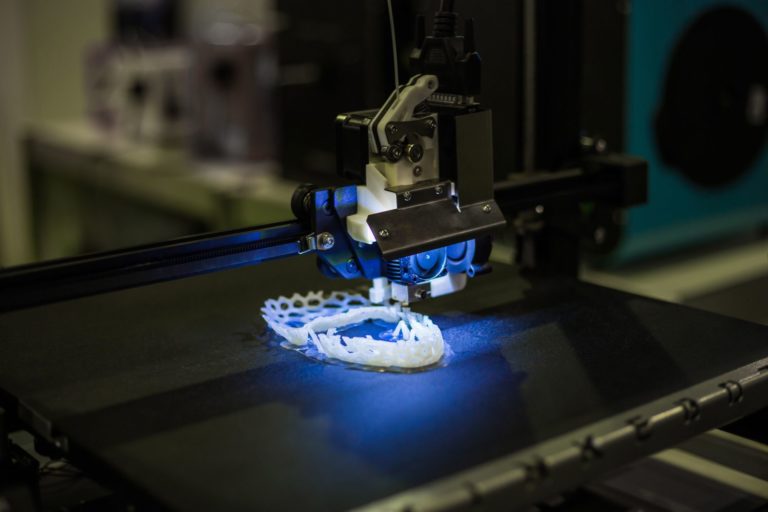
3D printing, also known as additive manufacturing, is an advanced technology that transforms digital models into physical objects. Since its inception in the 1980s, 3D printing technology has evolved significantly, expanding from initial industrial applications to various fields including healthcare, automotive, aerospace, construction, and consumer goods. Its appeal lies in its flexibility and efficiency, enabling users to quickly manufacture complex shapes according to their needs, thereby driving trends in customization and personalization.
Basic Principles
The fundamental principle of 3D printing is the layer-by-layer addition of materials to construct objects, which can be categorized into several key technologies:
- Fused Deposition Modeling (FDM):
- Principle: Utilizes thermoplastic filaments, which are melted in a heated nozzle and extruded layer by layer to form an object.
- Advantages: Low equipment costs and simple operation, suitable for home use and small workshops.
- Disadvantages: Lower printing precision and surface smoothness, primarily used for rapid prototyping rather than functional parts.

- Stereolithography (SLA):
- Principle: Uses a laser to cure liquid resin into solid objects.
- Advantages: High printing precision and the ability to achieve complex details, ideal for high-demand industrial designs and medical applications.
- Disadvantages: Higher equipment and material costs, with longer post-processing times.
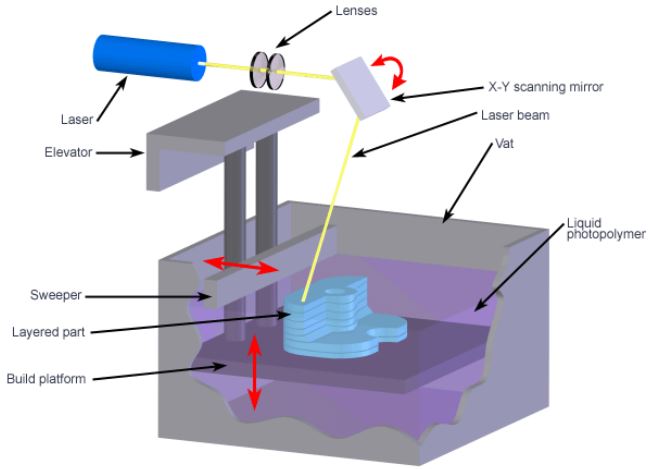
- Selective Laser Sintering (SLS):
- Principle: Forms solid objects by laser-sintering powdered materials layer by layer.
- Advantages: Compatible with various materials (like metals and plastics), suitable for small batch production.
- Disadvantages: Expensive equipment and longer printing times.
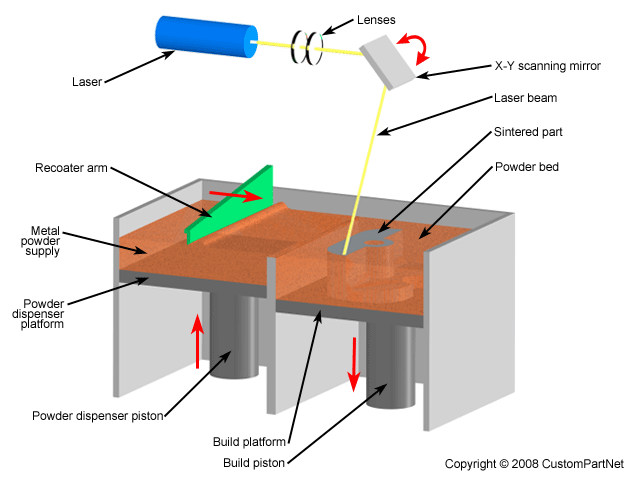
Each technology has its unique applicable scenarios, and selection should consider project requirements, budget, and technical specifications.
Material Selection
There are numerous 3D printing materials available, each with its own specific design requirements. This means that a design printed with strong PETG may not yield the same quality if you switch to a flexible material.
For each material, Leanplans provides guidelines that must be considered during the design process. Key factors to keep in mind include the overhang angle, bottom layer adhesion, and minimum feature size. Taking these recommendations into account is crucial for achieving optimal print quality.
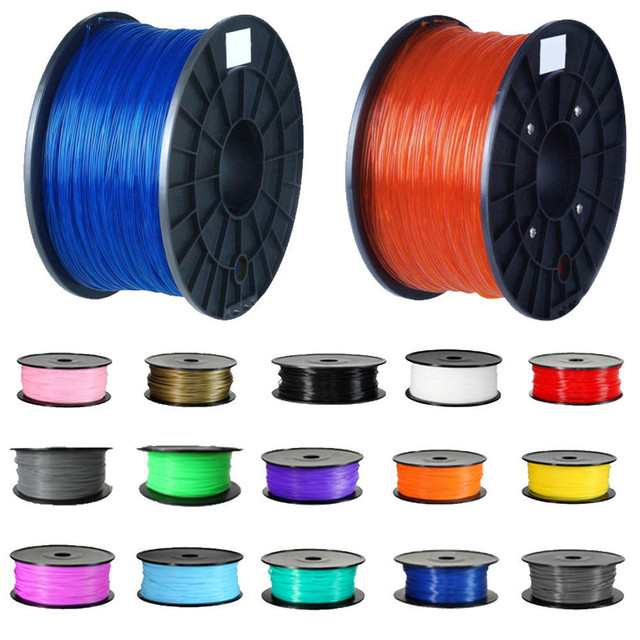
Materials are key to successful 3D printing, with common options including:
| Material | Properties | |
| Thermoplastics | ABS | Standard, High-strength |
| PC | Standard, High-strength, Transparent | |
| PEEK | High-strength, Heat-resistant, Chemical-resistant | |
| PETG | Transparent, Flexible, Food-safe | |
| PLA | Biodegradable, Renewable, Flexible | |
| PVA | Water-soluble, Biodegradable | |
| TPU | Rubber-like, Flexible, Durable | |
| Resin | Resin | Standard (varies depending on type) |
| Metals | Titanium | Lightweight, Strong, Corrosion-resistant |
| Stainless Steel | Durable, Corrosion-resistant | |
| Aluminum | Lightweight, Conductive, Malleable | |
| Brass | Malleable, Ductile, Corrosion-resistant | |
| Bronze | Durable, Corrosion-resistant, Decorative | |
| Inconel | Heat-resistant, Corrosion-resistant, High-strength |
When selecting materials, consider their physical properties, processing difficulty, cost, and intended use of the final product.
3D Printing Service Process
The process of 3D printing includes several key steps:
- Design Upload: Clients upload their design files, usually in CAD format(.STL), for review.

- Quotation: Once the specifications (Material, process, leayer, dimensions and time) are received, a quotation is provided based on the project requirements.
- DFM Assessment: After finalizing the design, conduct a DFM assessment to ensure it meets printing requirements. This includes checking wall thickness, support structures, and material selection to ensure the final product’s functionality and manufacturability.
- Printing Preparation: Set printer parameters (such as temperature, speed, and layer thickness), select the appropriate material, and calibrate the print bed for stability.
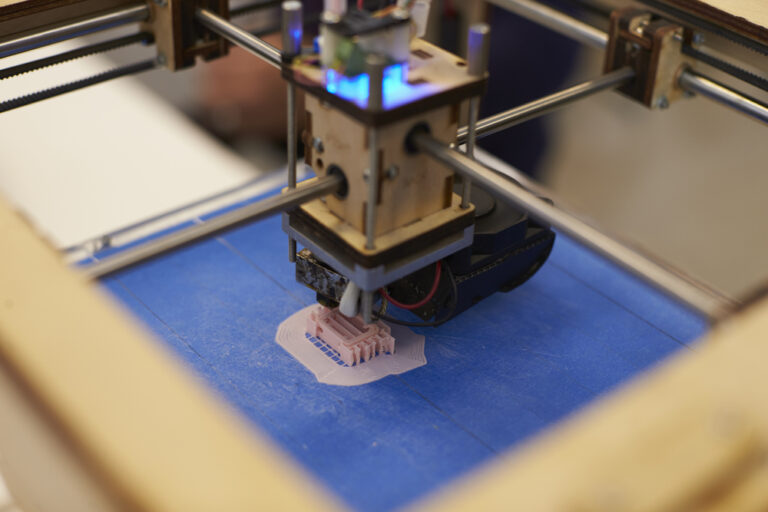
- Printing: Initiate the printing process, monitor the print status, and promptly address any issues that may arise, such as material blockages or poor layer adhesion.
- Post-Processing: After printing, perform necessary post-processing steps, such as removing support structures, sanding, and painting to enhance surface smoothness and aesthetic quality.
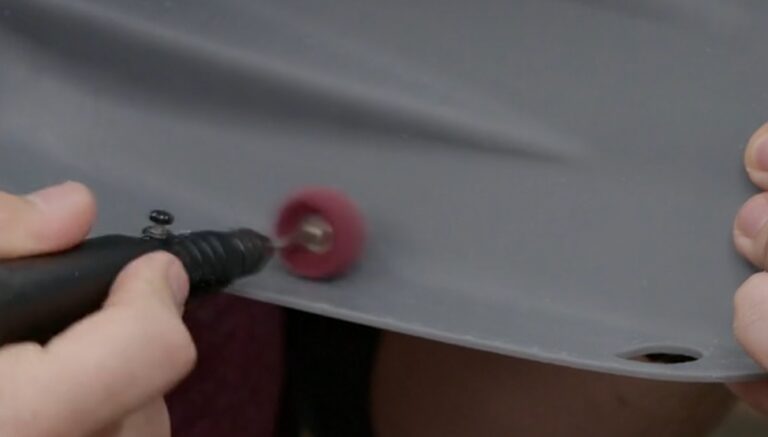
Design Tips for 3D Printing (√ and ×)
√:
- Adapt Existing Designs: Modify current designs to align with 3D printing guidelines for better results.
- Create Lightweight Structures: Aim to use minimal material without compromising structural integrity, resulting in lighter parts.
- Design for Specific Technologies: Ensure your designs are tailored for the specific 3D printing technology and material, as parts made for CNC manufacturing may not be suitable for 3D printing.
- Eliminate Support Structures: Minimize the need for support structures, as they can increase costs and production time, especially in metal 3D printing.
- Manage Overhangs: Keep overhang angles to less than 45 degrees to improve printability.
- Consider Print Orientation: Analyze the print orientation; top-heavy parts may benefit from being printed upside down for stability.
- Follow Material Guidelines: Understand the characteristics of the materials used, as some can be brittle while others are strong.
- Understand Printing Technology: Familiarize yourself with the specific 3D printing technology being utilized to optimize your design.
- Adhere to Wall Thickness Guidelines: Ensure that wall thickness meets recommended standards to avoid print failures based on material and method.
- Apply Fillets: Use fillets to reduce stress concentration and enhance strength in small pillars or intricate designs.
×:
- Don’t Ignore Design Guidelines: Neglecting the unique requirements of 3D printing can lead to issues in production.
- Don’t Create Complex Geometries Unnecessarily: Overly intricate designs can complicate printing and lead to failure.
- Don’t Forget Post-Processing Needs: Design with post-processing in mind, as certain features may complicate finishing touches.
- Don’t Use Sharp Corners: Avoid sharp edges and corners that can lead to weak points in the design.
- Don’t Assume All Materials Are the Same: Different materials behave differently under various printing conditions; always verify compatibility.
By following these design tips, you can enhance the quality and efficiency of your 3D printing projects, ensuring successful outcomes.
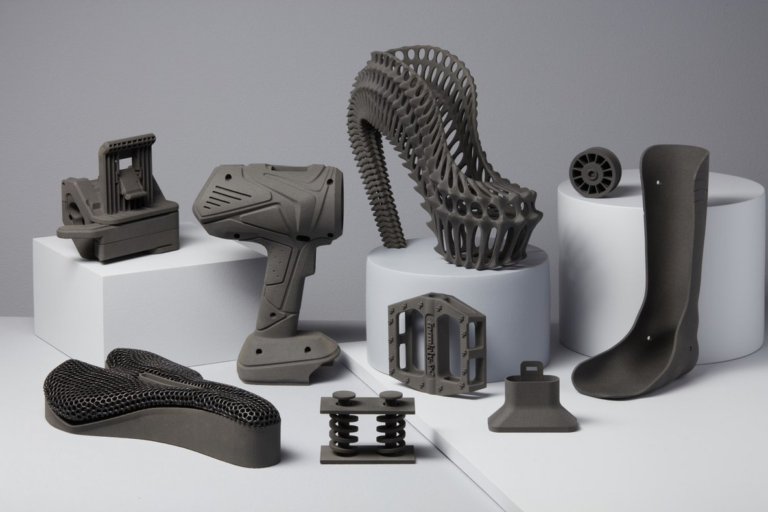
Get a Free DFM for Your Projects!
Leave your contact details, or directly visit our online quoting platform to experience the future of material selection and production. Get expert material evaluations, tailored DFM analysis, cost-effective quotation and fast 24-hour production turnaround.
- Free Quote: Upload your designs, and our AI-powered engine will generate a cost-effective quote in 5 seconds.
- Talk to an Expert: Connect with one of our engineers via WhatsApp for immediate assistance.

